Working with your soil beats battling against it, every time. In fact, the better you understand the soil type in your garden, the better your chances of creating glorious beds and borders that draw admiring glances.
Here we run you through the main soil types, explain how to get the best from each, and offer suggestions for improving the soil in your patch. Planning to make your own high quality compost? View our selection of compost bins for inspiration.
The pros and cons of clay soil
Clay soil is made up of lots of tiny sedimentary particles which retain water. While this soil is often highly fertile, it’s slow to drain and so tends to be heavy, cold, and slow to warm up in spring. Making it ideal for growing Hydrangea and Buddleja. When the soil is very wet, it’s best to avoid walking on it because it compacts very easily.
The key to improving clay soil is to dig lots of organic matter into it – well-rotted manure, compost, or leaf mould are all suitable. Dig your plot during autumn and early winter, leaving large clods of soil exposed. Exposing the largest possible surface area allows more of the soil to be broken down naturally by frost.
In the spring, wait until the surface soil has started to dry out before you prepare it for planting, and make sure it’s warm enough before you sow seeds into it, or they may not germinate. Using cloches or polythene sheeting can help to warm the soil.
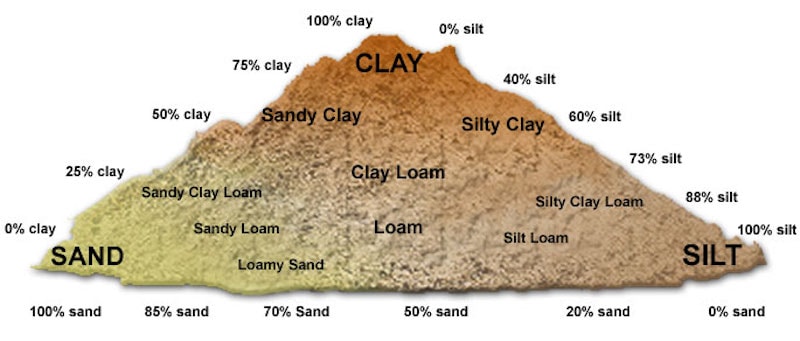
The pros and cons of sandy soil
Sandy soil (also known as light soil) contains a large amount of sand and little clay or organic matter. Very free-draining, sandy soil dries out quickly and is low in nutrients because rainfall quickly leaches them away. This soil warms quickly in spring, making it suitable for early sowing and planting.
Acidity is a problem commonly associated with sandy soil. Use a soil testing kit to determine the pH value, and if it’s excessively acidic, apply lime to neutralise it. For gardeners working in this type of soil, your compost bin is your friend. You should also dig in plenty of organic matter to help improve structure and aid water retention.
The pros and cons of silt soil
Silt soil is similar to clay but comprises slightly larger particles. It holds more moisture than sandy soils and tends to be reasonably well-drained and fertile. That said, silt soil is prone to compacting, and if you leave the soil surface bare, the rain washes smaller particles into the gaps, leading to capping.
Capped soil means rainwater and nutrients run off the surface without penetrating and seedlings can find it hard to break through. If you have silty soil, make sure you dig lots of manure or compost into it – the more organic matter you add over the years, the better your soil structure will become.
The pros and cons of loam soil
Loam is the holy grail of soils. It’s made up of a mixture of particles including sand, silt and clay which, combined with plenty of organic matter, gives the soil a great structure and allows plants to thrive. Loam also tends to be free-draining (without drying), fertile and easy to work. If you have loam soil, you’re a lucky gardener.
Loam soil can tend towards sandy or clay, depending on where you live, and like all soils, it benefits from care and maintenance. Adding organic matter helps to replenish nutrients and build on the soil’s good structure. You should also rotate your plantings, because even loam can become exhausted if you over-plant or overwork it.
The pros and cons of chalky soil
Chalky soil contains lots of calcium carbonate, which makes it very alkaline. This soil also tends to be shallow, free-draining and not particularly fertile. In fact, even if you work lots of organic matter into it, the high chalk content means it quickly breaks it down, and the rain leaches the nutrients away. Keeping this soil fertile is a challenge.
If you’re lucky enough to have some clay in your soil, that will help, but your best bet is to keep applying compost and plant food to improve the soil structure, aid water retention, and improve fertility. It also helps to choose a planting scheme which includes predominantly alkaline-loving plants – gardening with your soil is far better than trying to change it.
Soil chart
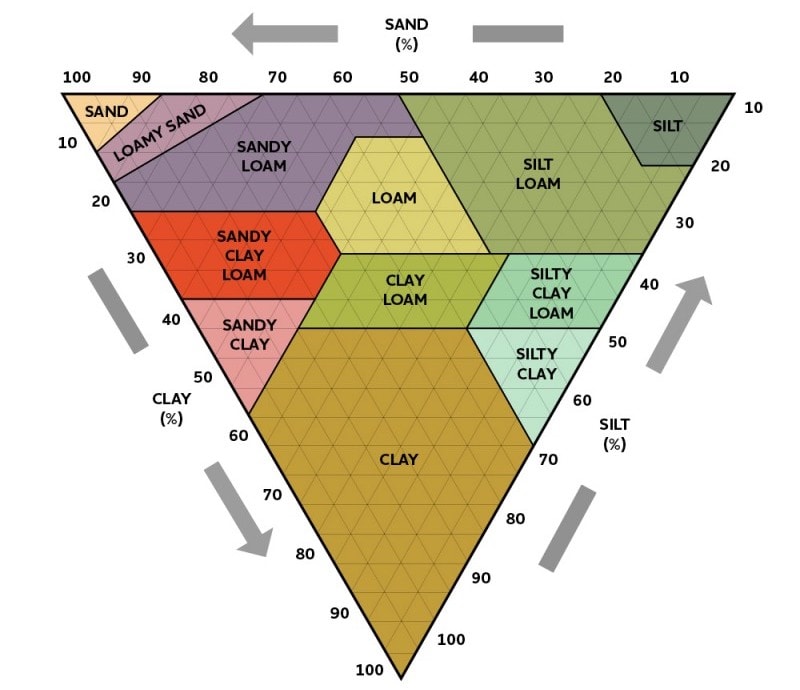
No matter what type of soil you have, adding plenty of organic matter will improve its structure, drainage and fertility. If you’d like a few more practical tips on how to improve your soil, read our comprehensive guide.
Lead image: Shutterstock
Last Updated on August 5, 2024 by Suttons Horticultural Team

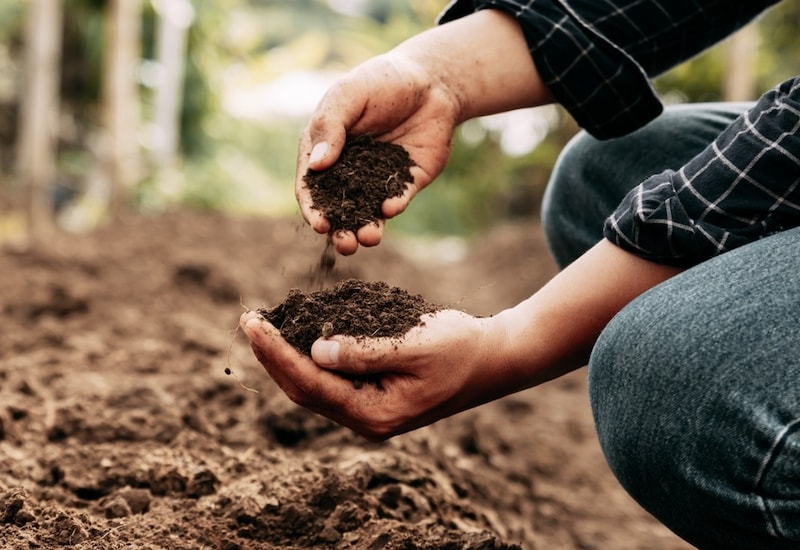

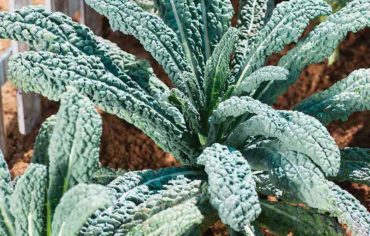
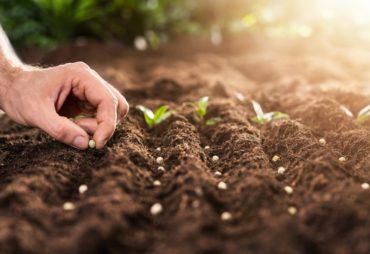
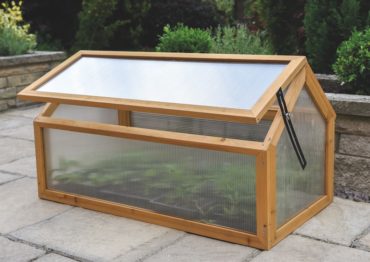
In receipt of order this morning containing forty-five polyanthus …. delighted not only with my purchase but also with the packaging. Thank you.
Hi Donna, thanks for your question regarding which plants grow best in clay soil.
Our detailed list below will hopefully provide you with a good starting point and where applicable, we’ve included web links for you so you can see additional information on Suttons’ website.
Top five performers on clay: Mahonia japonica, Hydrangea, Sorbus aria ‘Lutescens’, Hardy geraniums, Viburnum
Trees: Acer japonicum, Birch, Hawthorn, Eucalyptus, Laburnum, Crab Apple,Liquidamar
Shrubs: Berberis, Buddleja, Cotoneaster, Escallonia, Fuchsia, Roses, Spirea, Weigela
Ground-covering plants: Bergenia, Euonymus fortune, Juniperus communis
Climbers: Chaenomeles, Lonicera japonica, Pyracantha, Roses
Perennials: Alchemilla mollis, Astrantia, Geranium, Helleborus, Hosta, Sedum
Thanks,
Suttons Gardening Grow How Team.
What plants are best for planting in clay soil?
Thank you